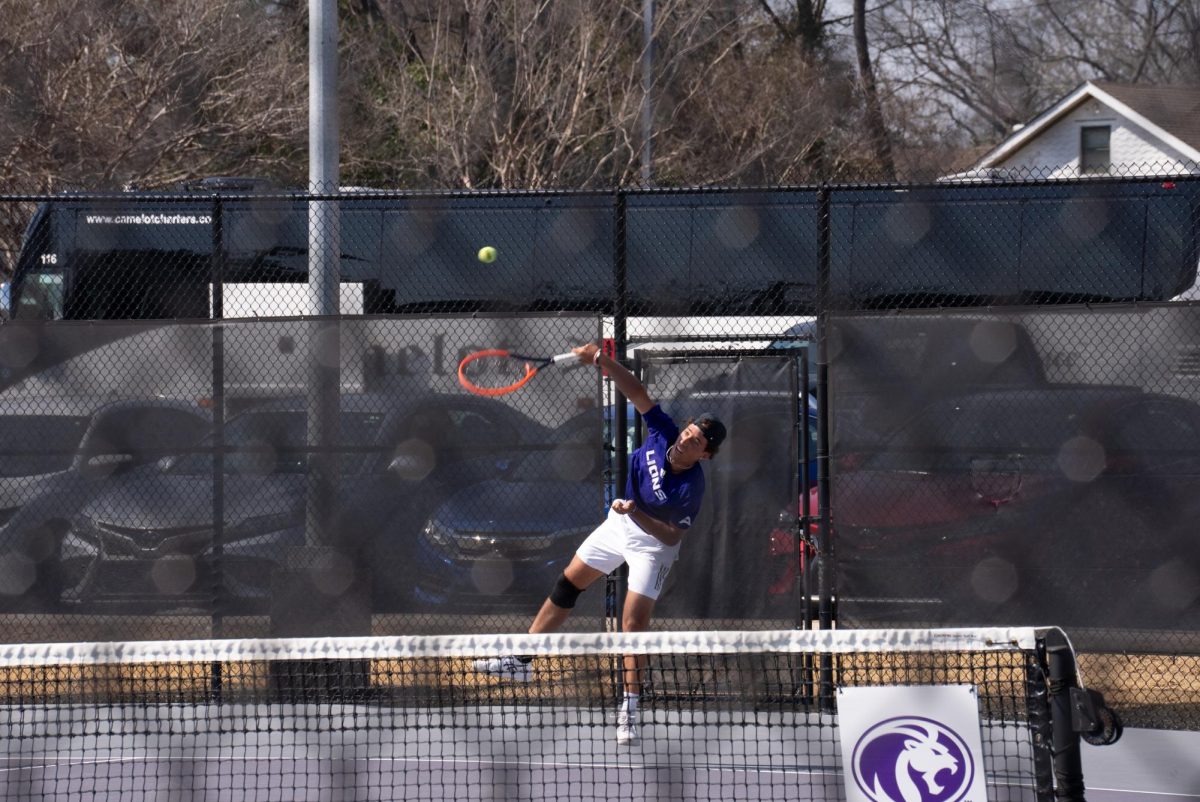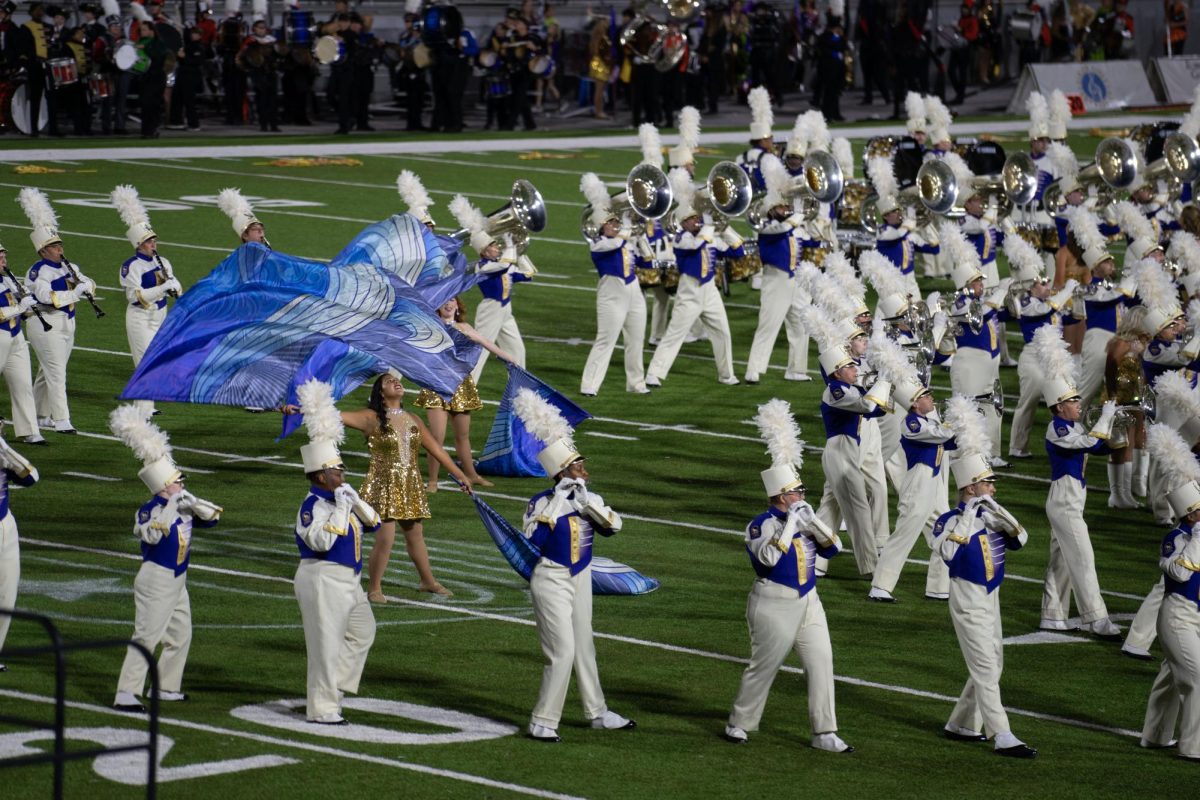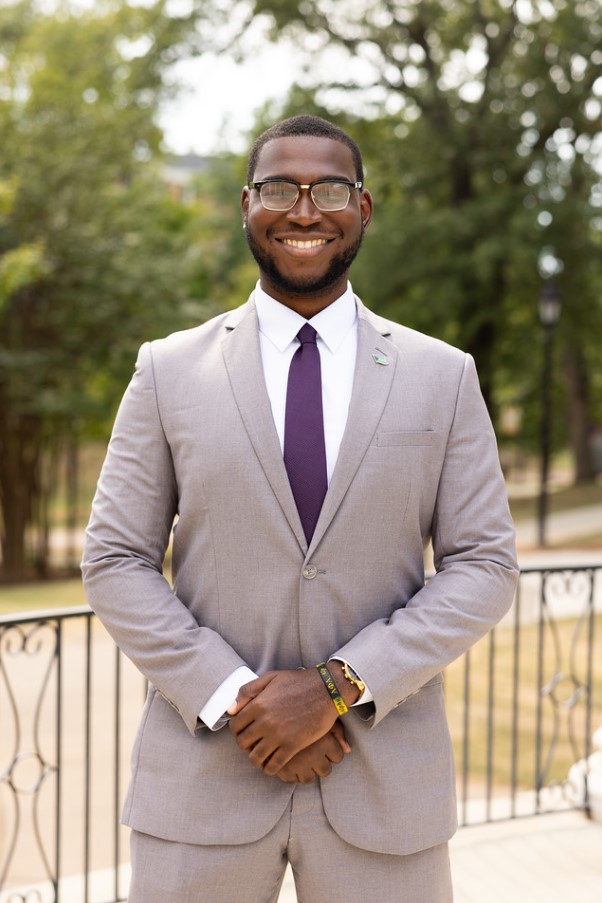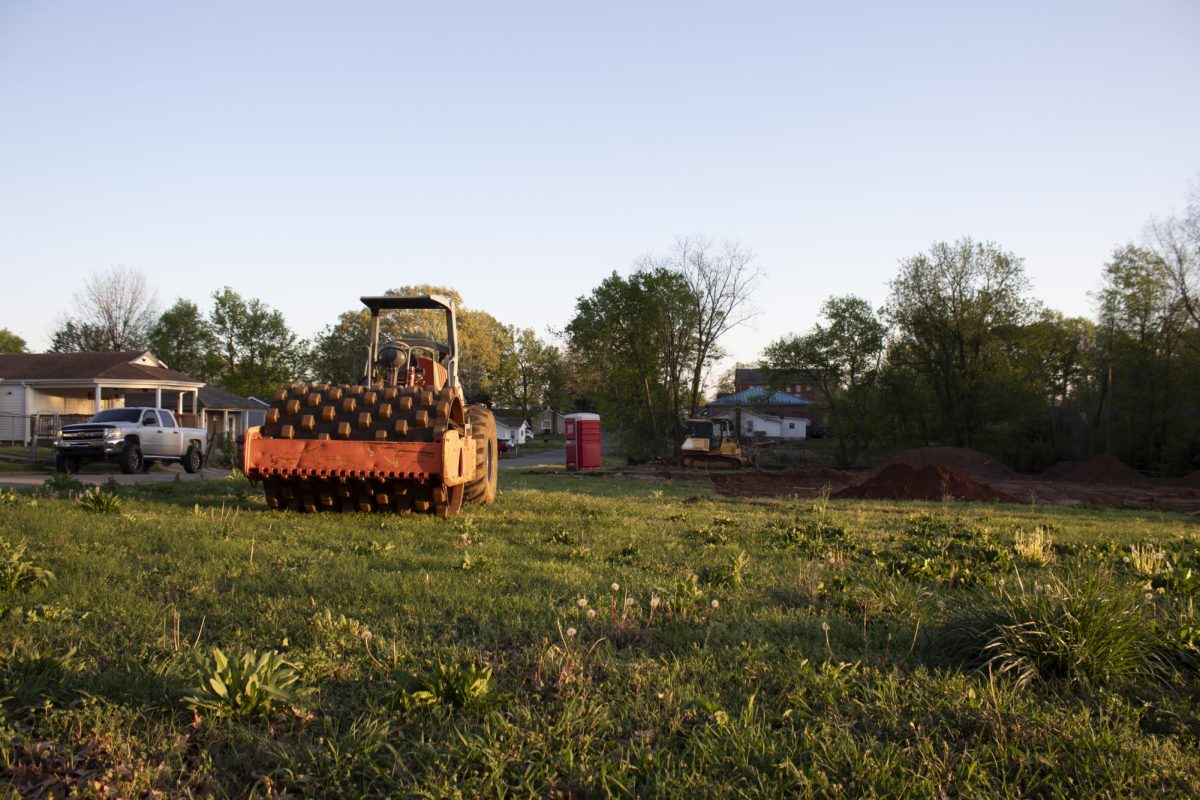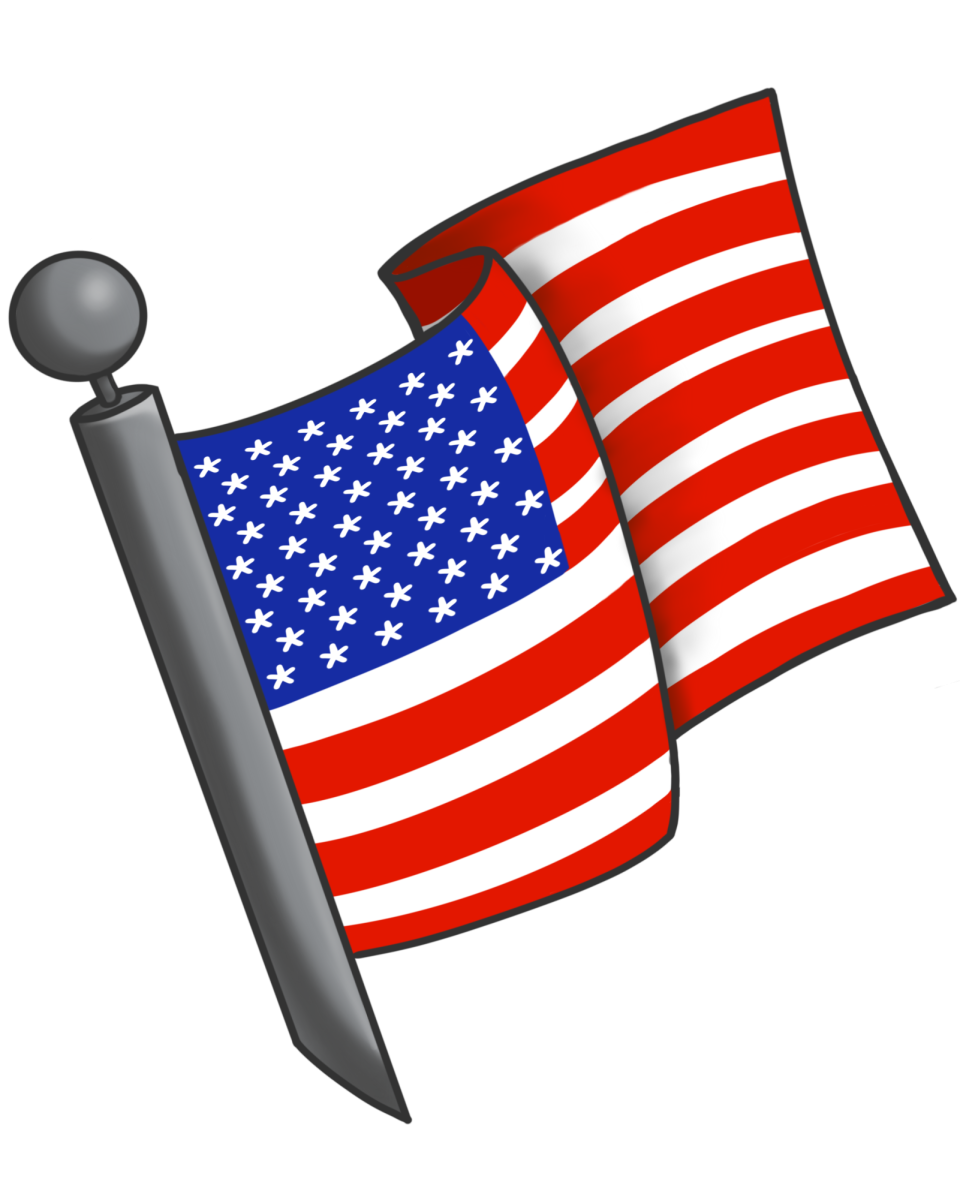UNA Athletics opted out of directly paying athletes to retain roster spots for current athletes. The school plans to opt into direct payments during a later athletic year.
The NCAA will be providing the largest settlement in college sports to Division I athletes nationwide after previously restricting them from monetizing their name, image and likeness.
To keep more athletes involved in their sports programs, UNA has chosen to opt out of paying their athletes until the 2026-2027 school year, allowing many student athletes to retain their scholarships.
“We’re trying to get the best of both worlds to have a strong collective and utilize it and also take a responsible approach to let the legal landscape settle a little bit,” says UNA Athletics Director Dr. Josh Looney. “Staying true to our institutional mission, values and approach is important.”
If UNA were to opt in to paying their athletes, UNA would have to cut 50 total students from football, basketball and baseball rosters for the upcoming school year.
The roster limits by the NCAA are a high point of contention for many schools, including UNA. During this time, Looney says that UNA Athletics will uphold these financial commitments to 50 student athletes.
“This is really fascinating and complicated,” says Looney. “It’s going to be implemented in so many different ways throughout the 300 [Division One] schools.”
While UNA has opted out of payment for players until 2026, UNA still offers tools such as Mane Exchange and the Lion’s Share Collective for athletes to advertise their name, image and likeness and receive financial support.
“The real flexibility in our plan is in thanks to the Lion’s Share Collective,” says Looney. “The fundraising success it’s had over the last two years [got] us through what I feel like is a transition process in college sports.”
UNA was the first in its peer league and ASUN to launch a collective, and is currently one of only three schools with a collective in its 12-team conference.
According to the NCAA’s official website, these lawsuits claimed that the NCAA suppressed college athletes’ opportunities to monetize their name and image likeness, violating antitrust laws.
This lawsuit is a combination of three individual lawsuits: House v. NCAA, Carter v. NCAA and Hubbard v. NCAA, resulting in 2.8 billion dollars in backpay to athletes competing between 2019 and 2024.
Colleges that opt to pay their athletes will allow incoming athletes to negotiate deals as a stipend on top of organizing brand deals and media appearances, but require colleges to mandate a roster limit on their teams.
Colleges will be able to give out a maximum of $20.5 million in revenue a year to their athletes after the lawsuit.
If you are an athlete and think you qualify for compensation, you can visit collegeathletecompensation.com and fill out the claim form available on their website.
Categories:
UNA Opts Out of Athlete Payment
“Staying true to our institutional mission, values and approach is important.”
Samu Dominguez delivering an overhead smash.
0
More to Discover
About the Contributor
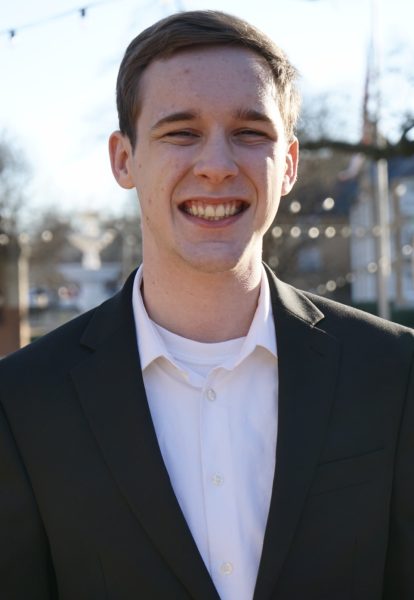
Andrew Morris, Staff Writer
Andrew Morris is a senior from Tuscumbia, Ala. He is working towards an Interdisciplinary Studies degree with a focus on Sales and another on Communications. Andrew was a volunteer writer in Spring 2024 and now works with the Flor-Ala as a staff writer.


